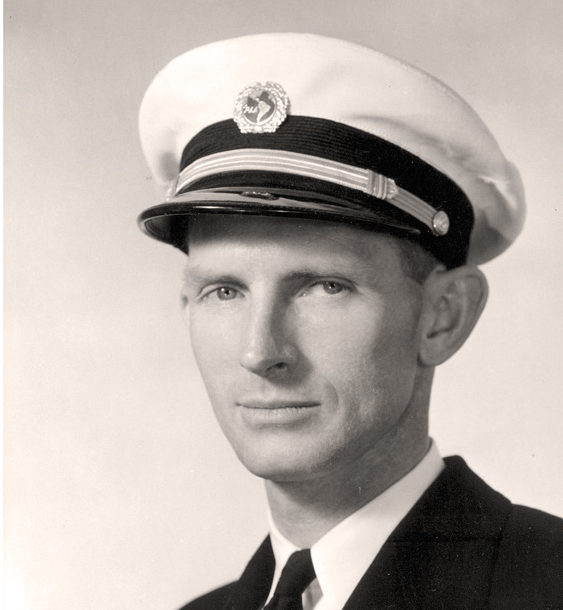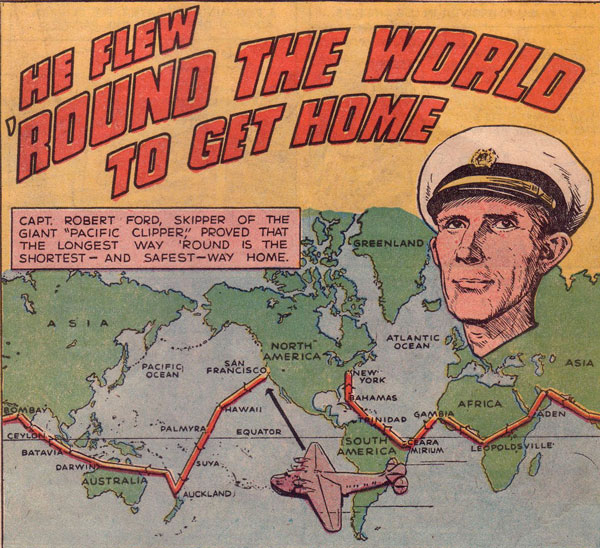An Unexpected Aviation Milestone
When Japan bombed the American Naval Base at Pearl Harbor, it set into motion a chain of events that changed the course of history. One immediate impact was on the commercial aviation industry, which was still in its infancy. A major milestone in commercial aviation was inadvertently achieved by the crew of Pan American Airways' Pacific Clipper, a Boeing 314 flying boat helmed by Captain Robert Ford.
On December 2, 1941, five days before the tragic events at Pearl Harbor, the Pacific Clipper, originally known as the California Clipper, departed the Pan Am base in San Francisco for a scheduled flight to Auckland, New Zealand. The flight offered passenger service and was scheduled to arrive in Auckland on December 7. The crew received word of the bombing of Pearl Harbor just as they were arriving in New Zealand. With the United States now at war, the Boeing 314 and her crew of ten were trapped in Auckland.
A Dramatic Change of Plans
With the Pacific waters suddenly dangerous territory, returning to the United States via the Pacific Clipper’s scheduled eastbound route risked putting the plane and her crew at risk. After spending a week at the US Embassy in New Zealand, Captain Ford received a transmission from Pan Am headquarters detailing the craft’s new flight path home. Rather than fly east and risk being spotted by the Japanese—who would likely shoot her down on sight—Ford was ordered to fly west, with the ultimate destination of LaGuardia Field in New York City.
War was spreading around the globe, meaning the Pacific Clipper would need to be careful of the airspace it flew through. To reduce the chances of being inadvertently shot down, Ford removed the company markings, insignia, and registration from the Boeing 314. On December 16th, Captain Ford took to the skies again, flying first to Noumea, New Caledonia to pick up Pan Am staff who had been stranded there, and started the first leg of the journey to Australia.
The (Very) Long Way Home
The Pacific Clipper flew west for just under a month, making stops in Australia, Java, Ceylon, British India, Sudan, the Belgian Congo, Brazil, and Trinidad and Tobago. At one point in Surabaya, Java, Ford was forced to fuel the Boeing 314 Clipper with automobile gasoline. Though the engines showed some resistance at first, they did run on the lower-grade fuel.
Between Surabaya and Trincomalee, Ceylon, the Pacific Clipper came across a Japanese submarine. Ford was able to increase the plane’s altitude to avoid incoming fire. Shortly after leaving Trincomalee on Christmas Eve, the number 3 engine began to lose oil due to a faulty cylinder, and their journey was interrupted for a full day for repairs.
Continuing her journey, the Boeing 314 Pacific Clipper would set a new record for longest non-stop flight, from Africa to Brazil. Finally, on January 6, 1942, she landed in New York, having logged over 30,000 miles around the globe
Despite a few hitches, the craft and her crew survived the long journey, leaving behind a fascinating piece of war-time history that owes its existence to the events of December 7, 1941. The Boeing 314 Pacific Clipper spent most of the war flying contract missions for the US military, and afterward she was sold to Universal Airlines after being damaged in a storm.









